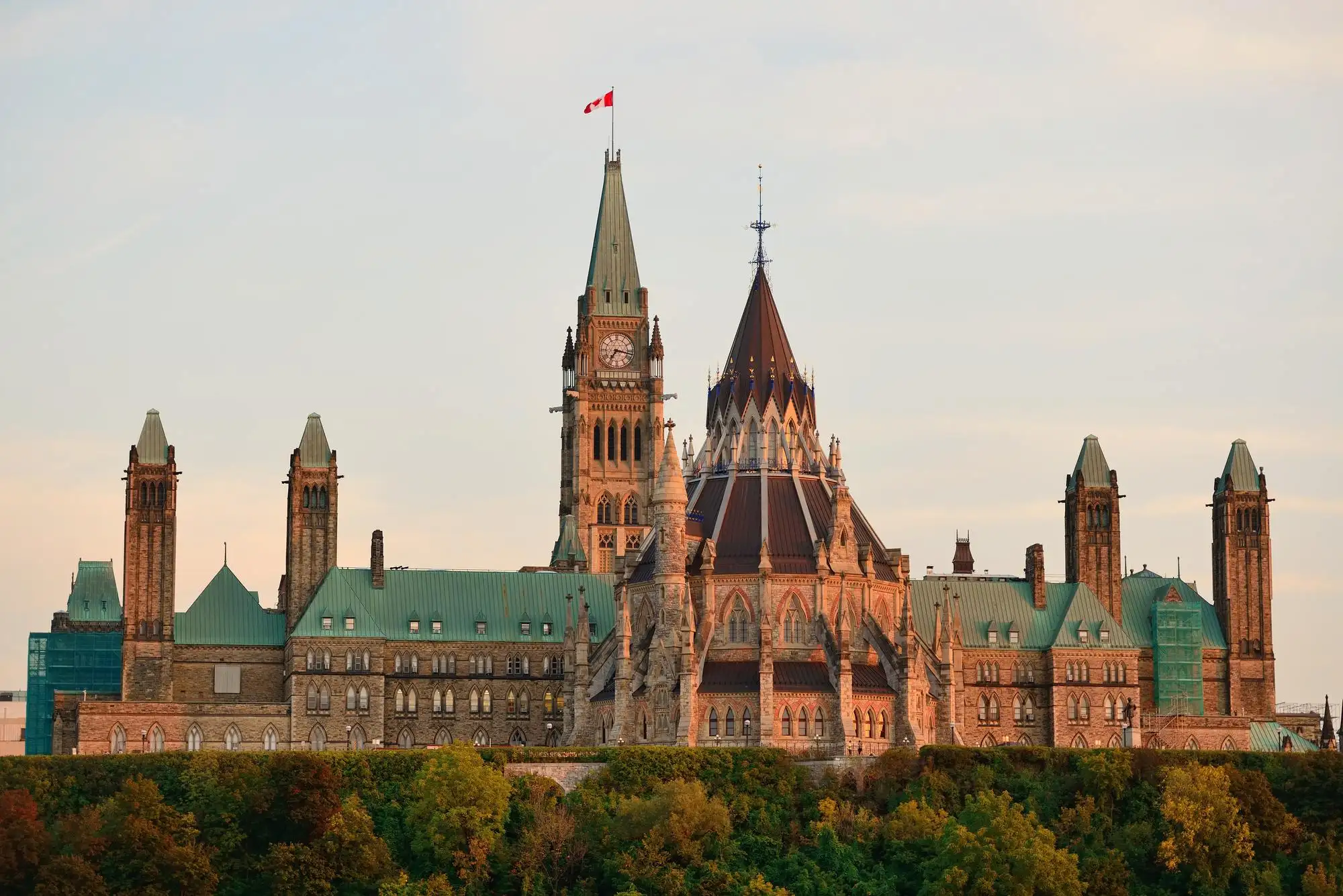What is it?
In a nutshell, the Canadian federal government plan to continue the wage and rent subsidies for hard-hit businesses that do not qualify for the Tourism and Hospitality Recovery Program and that have been deeply affected by the pandemic. This generally means a prolonged revenue decline of at least 50%.
Who qualifies?
All businesses that meet the below criteria could qualify. This subsidy is not restricted to businesses in certain industries.
Criteria
Businesses will need to meet the following two conditions to qualify:
1. An average monthly revenue reduction of at least 50% over the first 13 qualifying periods for the Canada Emergency Wage Subsidy (from March 2020 to February 2021);
2. A current-month revenue loss of at least 50%.
There are some nuances to how the 12-month average revenue decline is calculated:
- Since Period 10 (November 22, 2020 to December 19, 2020) and Period 11 (December 20, 2020 to January 16, 2021) used December 2020 as the current reference period, you can exclude period 10 or period 11 in computing the average.
What is the Subsidy Amount?
- The maximum subsidy rate for the wage and rent subsidies is:
- 50% from October 24, 2021 to March 12, 2022 (claim periods 22 to 26).
- 25% from March 13, 2022 to May 7, 2022 (claim periods 27-28).
- Wage and rent subsidy rates would continue to be calculated based on current-month revenue losses compared to those of a prior reference period, as under existing rules
- The updated wage and rent subsidy rates are as follows:
| Current-month revenue decline | Periods 22-26 October 24, 2021 – March 12, 2022 |
Periods 27-28 March 13 – May 7, 2022 |
| 75% and over | 50% | 25% |
| 50-74% | 10% + (revenue decline – 50%) x 1.6 e.g., 10% + (60% revenue decline – 50%) x 1.6 = 26% subsidy rate | 5% + (revenue decline – 50%) x 0.8 e.g., 5% + (60% revenue decline – 50%) x 0.8 = 13% subsidy rate |
| 0-49% | 0% | 0% |
Is the Lockdown Support Still Available?
Yes.
Lockdown Support would be available at the current 25% pro-rated based on the number of days a location was affected by a lockdown.
To read more, click here. Draft legislation is not yet available, and more details should be coming soon.
Support in the Event of Future Public Health Lockdown
Businesses that are subject to a qualifying public health restriction would be eligible for support at the subsidy rates as calculated in the Tourism and Hospitality Recovery Program regardless of sector. Click here to read more.
These businesses need to demonstrate that they have one or more locations subject to a public health restriction (lasting for at least 7 days in the current claim period) that requires them to cease (i.e., stop) activities that made up at least 25% of total revenues during the prior reference period.
Applicants would not need to demonstrate the 12-month revenue decline, only a current-month decline. It would be available to affected organizations, regardless of sector.


